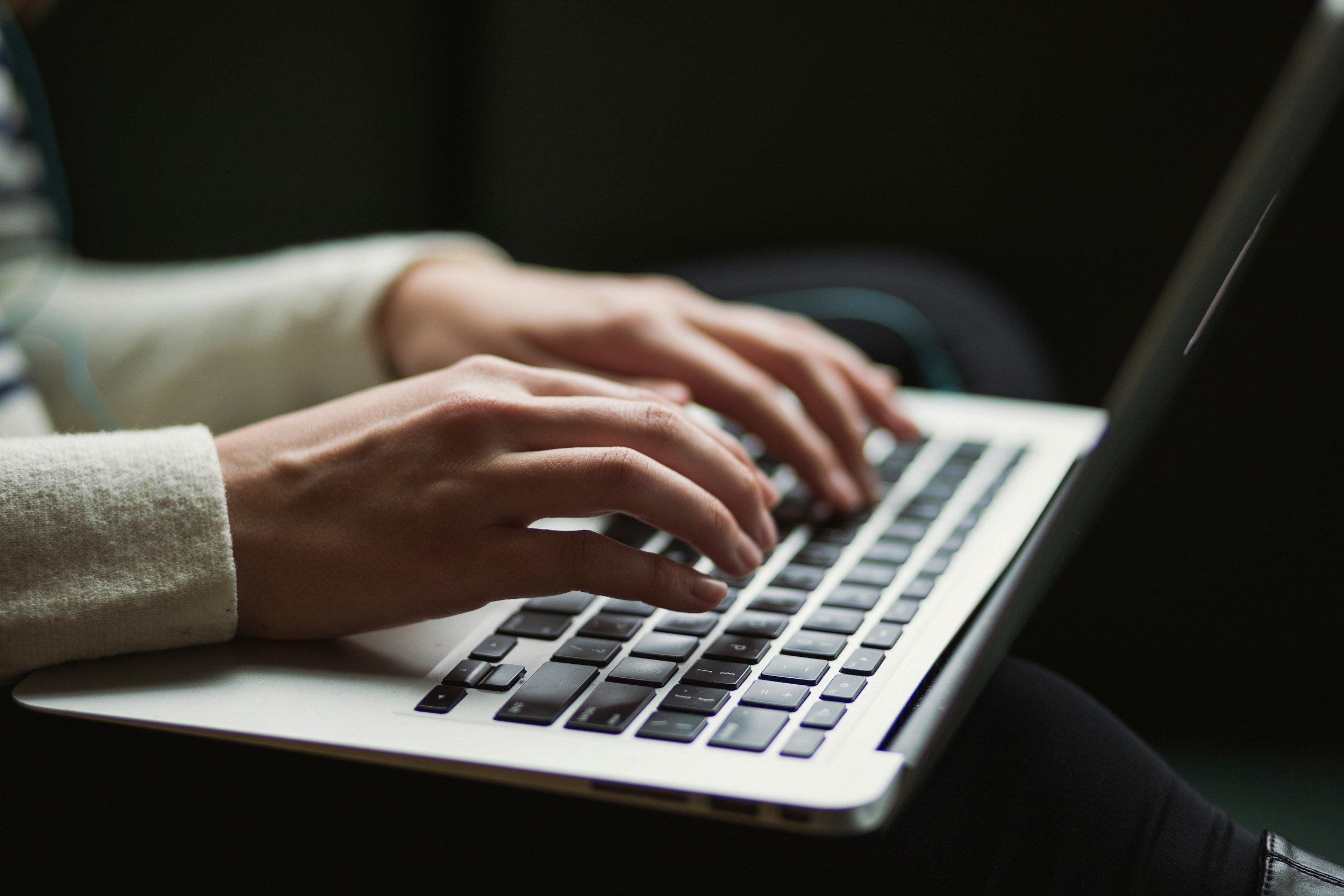
Photo Usage Rights Explained
Photo Usage Rights Explained
Photo usage rights refer to the legal rights and permissions granted to people or business entities regarding the use of images you, the photographer, took. Understanding these rights is essential for both you and photo users to avoid copyright infringement and ensure compliance with legal requirements. Here's an overview of key terms and concepts related to photo usage rights:
Copyright
Copyright protection is automatically granted to the photographer or creator of an image, giving them exclusive rights to reproduce, distribute, display, perform, and create adaptations of their work. RAW images are like film negatives and help prove you are the one who took the photo. Don’t give away the RAWs unless you sell it at a premium.
Licensing
Photographers can grant usage rights to others by licensing their images. Licensing agreements define specific terms, conditions, and limitations for using the images. Specify whether your client can use your image on a billboard, social media, websites, and / product packaging.
Model and property releases
When using images featuring identifiable people or private property, photographers and users must obtain appropriate releases from the subjects or property owners to avoid potential legal issues. If you haven’t stated in your contract you would like to promote with a certain image or put that image in a book to sell, you leave yourself open to being sued.
Understanding and adhering to photo usage rights is crucial for ethical and responsible image use. Always respect the intellectual property rights of photographers, models, and property owners, and ensure you have the appropriate permissions and licenses for your intended use.


